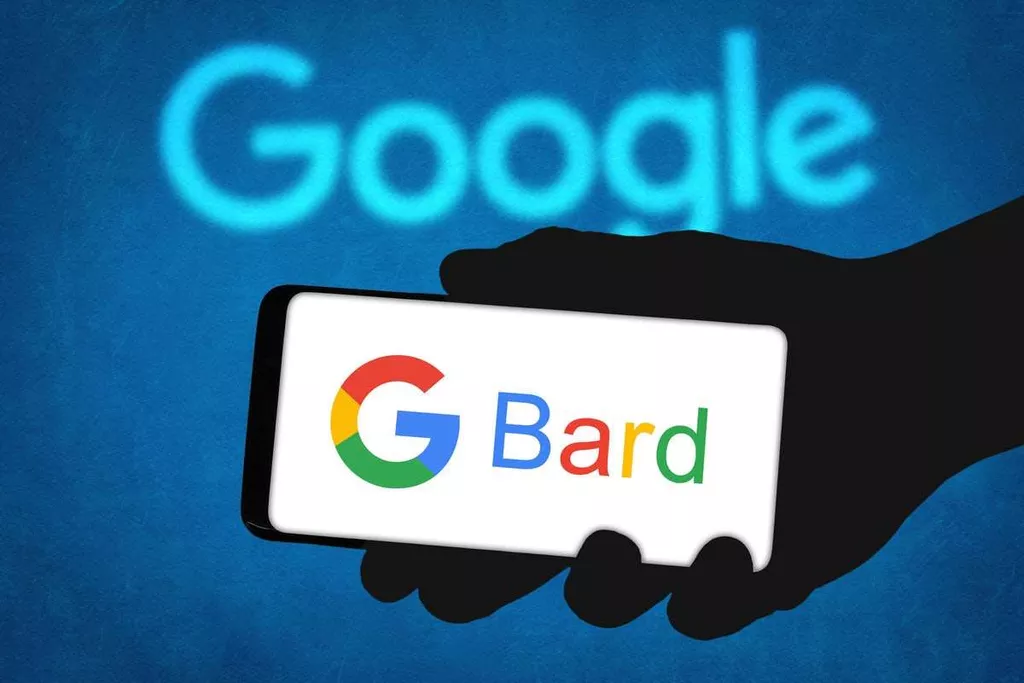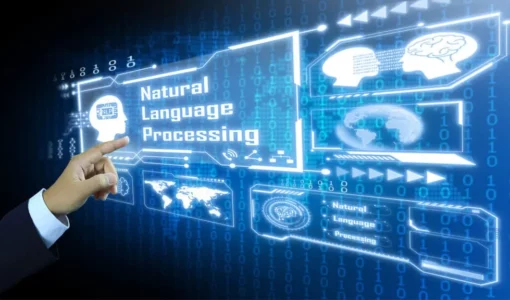
In case of a problem, developers can follow its behavior line by line and investigate errors down to the machine instruction where they occurred. There are now several efforts to combine neural networks and symbolic AI. One such project is the Neuro-Symbolic Concept Learner (NSCL), a hybrid AI system developed by the MIT-IBM Watson AI Lab.

Symbolic AI is heavily influenced by human interaction and knowledge representation. We will then examine the key features of Symbolic AI, which allowed it to dominate the field during its time. After that, we will cover various paradigms of Symbolic AI and discuss some real-life use cases based on Symbolic AI.
System 1 vs. System 2 thinking
But in recent years, as neural networks, also known as connectionist AI, gained traction, symbolic AI has fallen by the wayside. The recent rise in publications, events, and public addresses on NeSy AI indicates that there is increasing awareness of the importance of the subfield in the mainstream AI community. Arguably, this is also happening at the inflection point in time when we are slowly beginning to explore and understand the inherent limitations of pure deep learning approaches. The use of additional background knowledge is a natural path to attempt to further improve deep learning systems, and much of this line of work falls into the NeSy AI theme. For example, in the context of knowledge graphs, which can be viewed as a way to represent facts and relations between those facts as a graph, we can learn embeddings (using machine learning), which can later be used to perform inductive reasoning on the knowledge graph.
- When entering the world of artificial intelligence and data science methods, you need to be aware of the origins of these fields.
- Sure, a machine capable of teaching itself to identify skin cancer better than doctors is great, don’t get me wrong, but there are also many flaws and limitations.
- Seddiqi expects many advancements to come from natural language processing.
- Knowledge representation and formalization are firmly based on the categorization of various types of symbols.
- The Second World War saw massive scientific contributions and technological advancements.
- We investigate an unconventional direction of research that aims at converting neural networks, a class of distributed, connectionist, sub-symbolic models into a symbolic level with the ultimate goal of achieving AI interpretability and safety.
Headquartered in Cambridge, Massachusetts, the global staff of 450 technical experts serve clients across North America, Europe, Asia, and Australia. Classical machine learning is often categorized by how an algorithm learns to become more accurate in its predictions. This kind of implementation will also help businesses understand why an AI system is behaving a certain way.
How to create a private ChatGPT that interacts with your local…
In fact, rule-based systems still account for most computer programs today, including those used to create deep learning applications. We thus posit that more emphasis is needed, in the immediate future, on deepening the logical aspects in NeSy AI research even further, and to work towards a systematic understanding and toolbox for utilizing complex logics in this context. In particular, it would be helpful for advancing the field to conduct experiments with different levels of sophistication in the logical aspects.
How to solve AI’s “common sense” problem – TechTalks
How to solve AI’s “common sense” problem.
Posted: Mon, 08 Aug 2022 07:00:00 GMT [source]
Out of the box we provide a Hugging Face client-server backend and host the model EleutherAI/gpt-j-6B to perform the inference. As the name suggests this is a six billion parameter model and requires a GPU with ~16GB RAM to run properly. The following example shows how to host and configure the usage of the local Neuro-Symbolic Engine. Let us assume, we have some executable code that was previously generated.
Use Cases of Neuro Symbolic AI
We then use the expressiveness and flexibility of LLMs to evaluate these sub-problems and by re-combining these operations we can solve the complex problem. More than its capabilities, AlexNet represented a turning point for AI. The future would be made by architecting deep networks powered by GPUs and trained on vast quantities of data.
What are the examples of embodied AI?
Examples of such projects include intelligent wearable robots for rehabilitation, empathic robots, light-based tactile fingers for robotic manipulation, computational cameras, robot-enabled remote manufacturing, and many more.
As many people have said, things that are easy for humans are hard for computers — like recognizing an oddly shaped chair as a chair, or distinguishing a large upholstered chair from a small couch. Things we do almost without thinking are very hard to encode into rules a computer can follow. The difficulty lies in the shallow math/science background of many communications students.
What Is Semantic Scholar?
In principle, these abstractions can be wired up in many different ways, some of which might directly implement logic and symbol manipulation. (One of the earliest papers in the field, “A Logical Calculus of the Ideas Immanent in Nervous Activity,” written by Warren S. McCulloch & Walter Pitts in 1943, explicitly recognizes this possibility). A manually exhaustive process that tends to be rather complex to capture and define all symbolic rules.
- Alessandro’s primary interest is to investigate how semantic resources can be integrated with data-driven algorithms, and help humans and machines make sense of the physical and digital worlds.
- In the end, users are tasked with sorting through a long list of ‘hits’, trying to locate the primary pieces of knowledge.
- Marvin Minsky first proposed frames as a way of interpreting common visual situations, such as an office, and Roger Schank extended this idea to scripts for common routines, such as dining out.
- Artificial Narrow Intelligence (ANI), also referred to as “weak AI” or “narrow AI,” is the only type of AI humankind has implemented so far.
- But for a better understanding of AI, we will start with the classification in historical order.
- The Generalist’s work is provided for informational purposes only and should not be construed as legal, business, investment, or tax advice.
If you want a machine to learn to do something intelligent you either have to program it or teach it to learn. MorganStanley is rumored to train a LLM model based on a large set of hundred thousand documents related to business and financial service questions, with the aim to release automated responses to financial clients. Salesforce aims to power its Einstein Assistant with GPT4 , hoping to provide more accurate and personalized recommendations to users. DML (ML) systems based on datasets (LSTM for example) can predict the value of parameters in a dataset in the future. For example, the value of KPIs in the future, cost of property, currency exchange rate, etc. Another process that DML (ML) is really good at is sorting and analyzing objects and sorting them into categories.
Data Hungry Models
This task may be achievable through feature learning or ontology learning methods, together with an ontological commitment [23] that assigns an ontological interpretation to mathematical symbols. However, given sufficient data about moving objects on Earth, any statistical, data-driven algorithm will likely come up with Aristotle’s theory of motion [56], not Galileo’s principle of inertia. On a high level, Aristotle’s theory of motion states that all things come to a rest, heavy things on the ground and lighter things on the sky, and force is required to move metadialog.com objects. It was only when a more fundamental understanding of objects outside of Earth became available through the observations of Kepler and Galileo that this theory on motion no longer yielded useful results. One important limitation is that deep learning algorithms and other machine learning neural networks are too narrow. These are not merely buzz words — they’re techniques that have literally triggered a renaissance of artificial intelligence leading to phenomenal advances in self-driving cars, facial recognition, or real-time speech translations.
- That is, to build a symbolic reasoning system, first humans must learn the rules by which two phenomena relate, and then hard code those relationships into a static program.
- In the simplest terms Artificial Intelligence is a field of Computer Science working on creating machines that are capable of performing tasks that typically require human intelligence.
- Symbolic artificial intelligence showed early progress at the dawn of AI and computing.
- For example, if an AI judge sentences someone to prison, it must describe why it decided.
- Furthermore, it offers explainable AI as the outcomes are directly connected with explicit knowledge representations.
- Knowledge representation is used in a variety of applications, including expert systems and decision support systems.
What are examples of symbolic systems?
Systems that are built with symbols, like natural language, programming, languages, and formal logic; and. Systems that work with symbols, such as minds and brains, computers, networks, and complex social systems.
